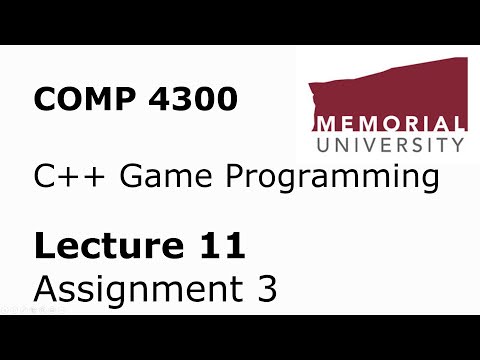Description:
Save Big on Coursera Plus. 7,000+ courses at $160 off. Limited Time Only!
Grab it
Explore game programming concepts in this comprehensive lecture on Assignment 3 for COMP4300. Learn about program specifications, asset management, entity positioning, player and animation specifications, and various game elements. Dive into level creation, geometry, and project structure. Gain insights on implementing key game features like player controls, collision detection, physics, and animation systems. Understand the assignment requirements, coding order, and debugging techniques. Master essential game development skills using C++ and SFML graphics library while following an Entity Component System (ECS) architecture.

Game Programming: Assignment 3 Specification and Implementation - Lecture 11
Add to list
#Programming
#Game Development
#Science
#Physics
#Programming Languages
#C++
#Art & Design
#Visual Arts
#Animation
#Level Design
#Collision Detection
#Entity Component System
#SFML